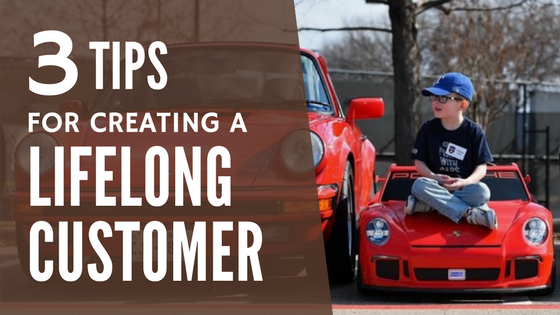Can you understand your ingredient list?
/The term “clean label” is gaining momentum in the consumer goods and packaging industries. As shoppers continue to seek out healthier alternatives and more natural foods, it is no surprise that consumers are turning toward products that have what is referred to as clean labels. But what exactly is a clean label? That’s why we are here to help.
A clean label is an industry term that is defined by two main factors:
1 – The lack of harmful additives and ingredients in the product (generally you can recognize every word and pronounce it).
2 – The use of valuable certifications and call outs on the packaging itself (in other words organic, non-GMO, etc.)
Consumers are paying more and more attention to labels and using them as the primary way to determine the nutritional value of the product and whether or not they want to purchase it or consume it.
Ultimately, a clean label is an indicator that the product is a safer or healthier choice!
Here are a few components to evaluate:
Front of package certifications – Words such as “natural”, “non-GMO”, “organic” “vegan”, “kosher” and “free-from …” are markers that the product is clean. These indicators work to assure consumers that the item is safe and has been legally verified to meet a certain standard.
Ingredient lists – Reading the ingredient list is a sure way to determine the cleanliness of the label and product. A good rule of thumb is that if you have the ingredient in your kitchen or home, then it is probably safe. Think of it like this, your Grandma did not add BHT to preserve freshness. Ask yourself, “Can I pronounce each ingredient by name?” If the word is unpronounceable or sounds like it came from a chemistry lab, you may want to steer clear. The longer the list, the more likely it is to have additives and extras.
The story – Many products and companies have a unique story. For a clean label product, that story should focus on transparency, honesty, and safety. The story may focus on corporate responsibility, quality of ingredients, or methods used to produce/manufacture the item. Having a direct and transparent story (either available on the packaging, website, or through other channels) contributes to the overall cleanliness of the label.
Of course, there is no cut and dry answer as to what constitutes a “clean” label or otherwise. For instance, certain ingredients, methods, and additives are considered controversial and can play both good and bad roles in product formulation. What we do know is that more and more consumers are searching for clean labels, which means that manufacturers and suppliers may need to reevaluate their strategies.
What do you personally think about the rise of the clean label trend?
If you work in the consumer goods industry, how has your company adapted to the clean label trend?
Leave your comments below and let us know what you think!











